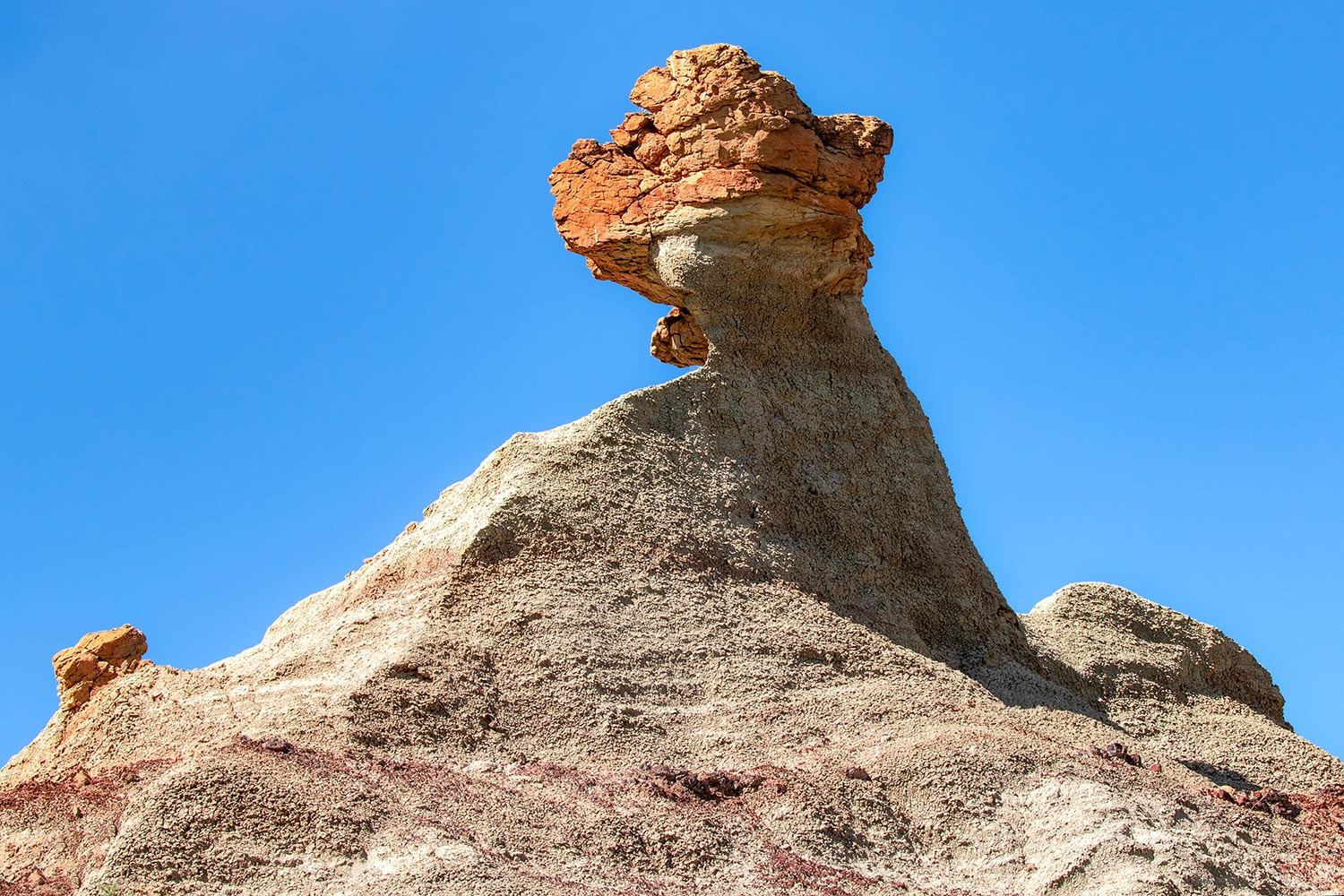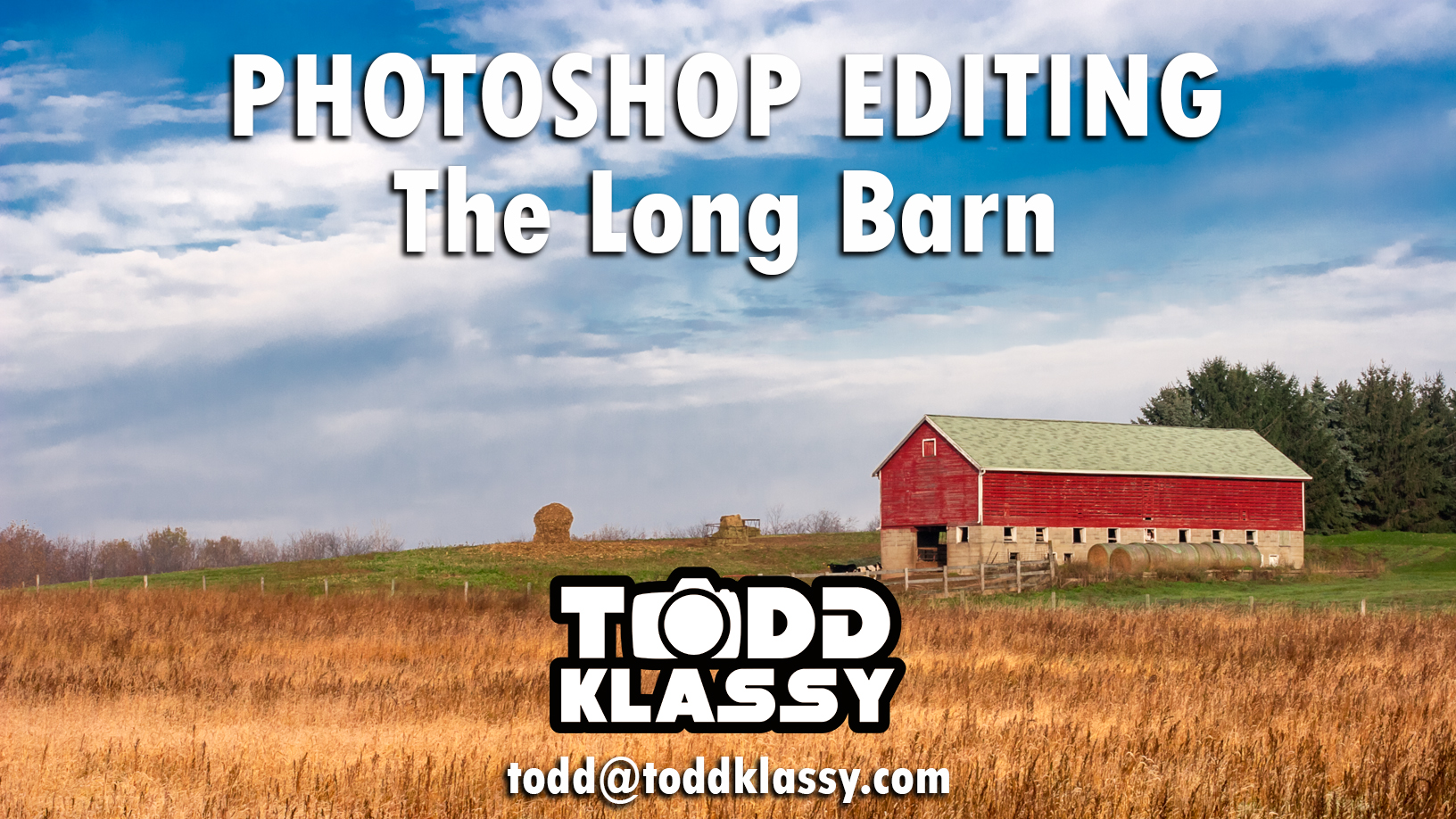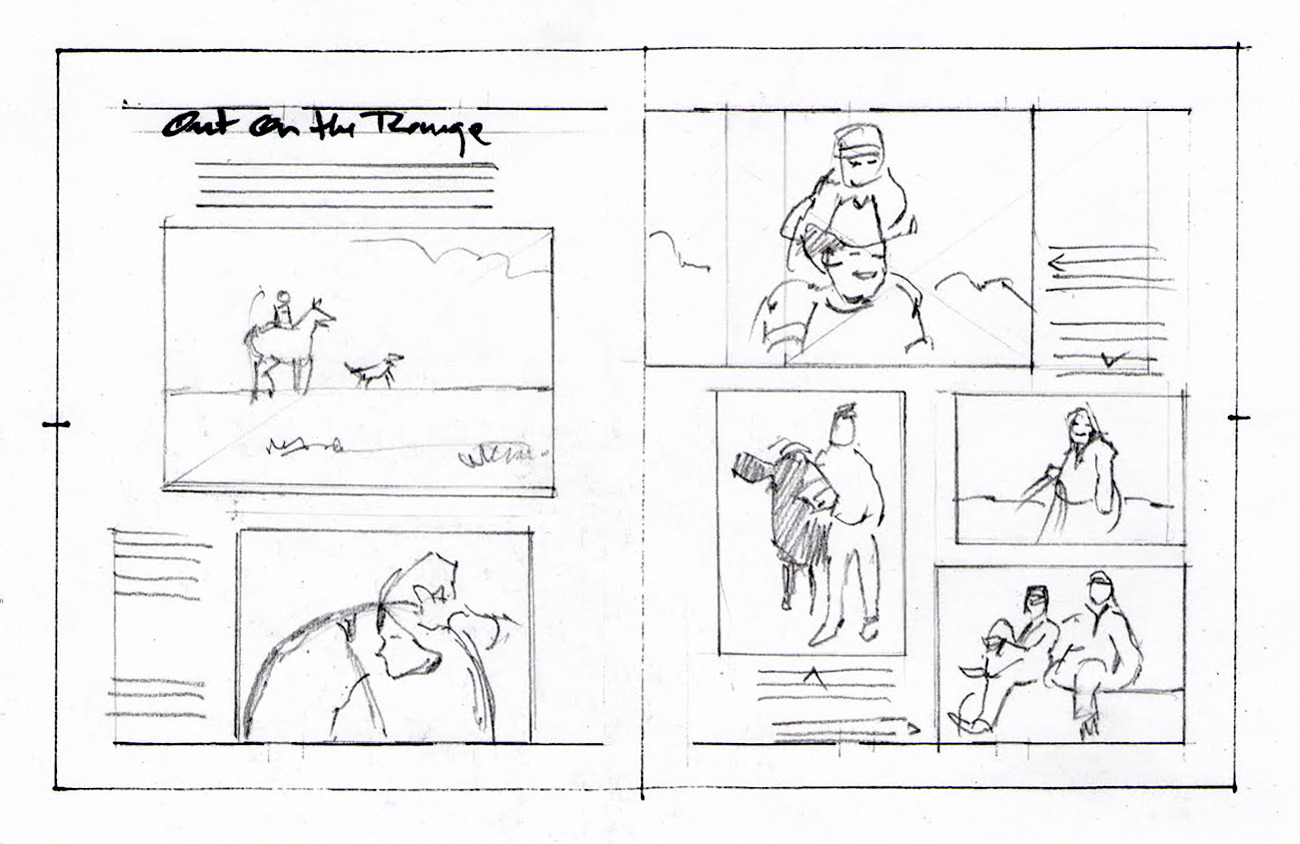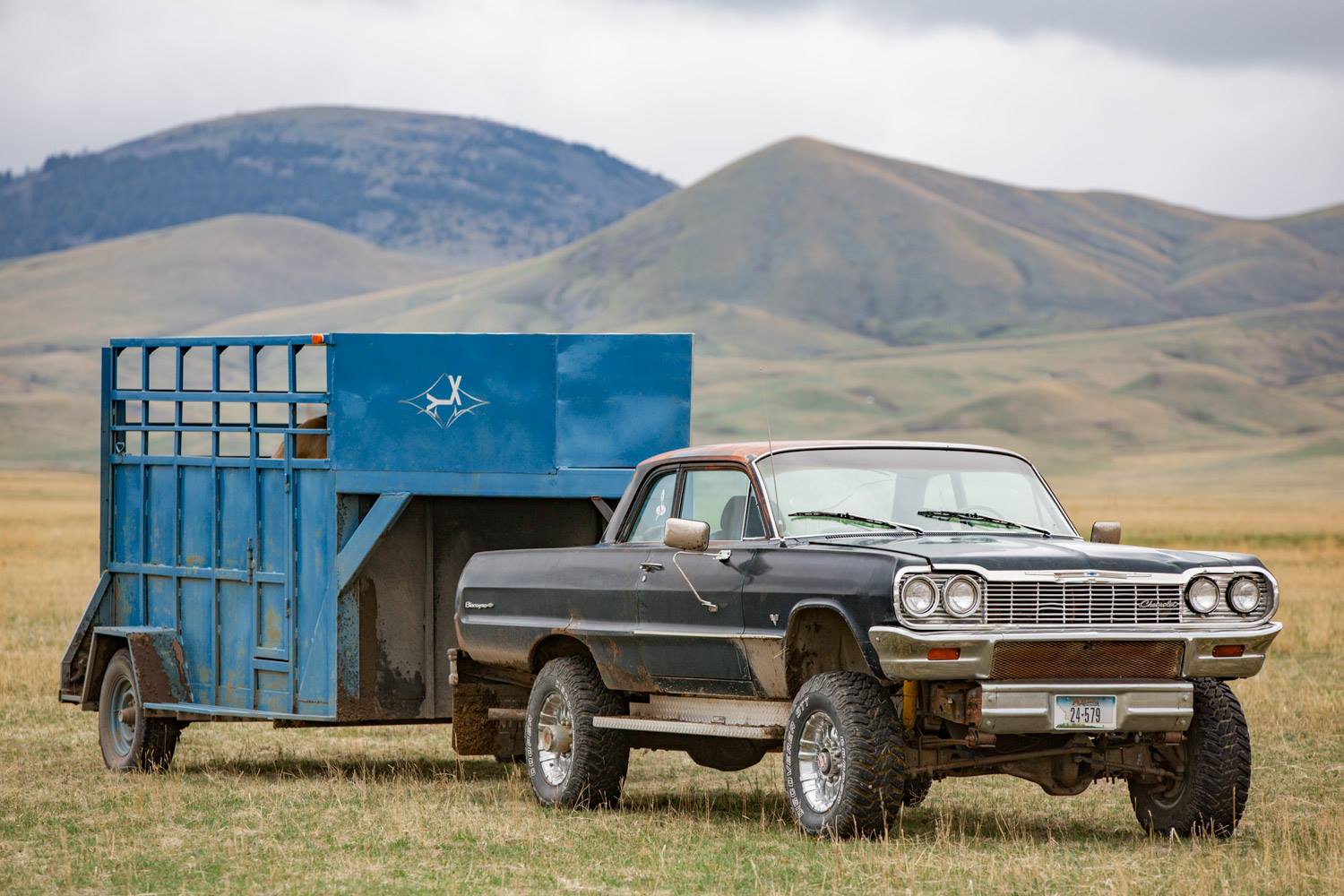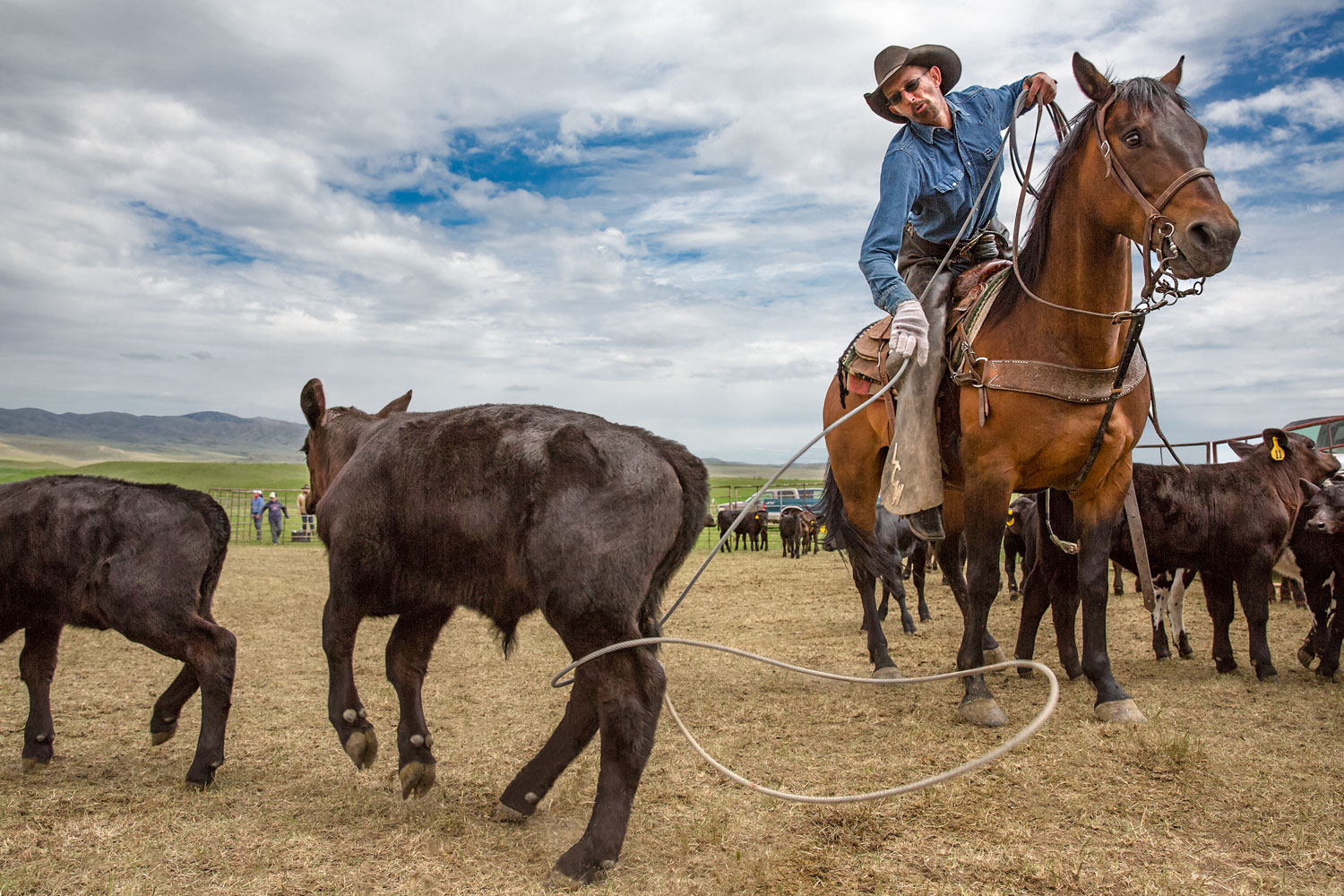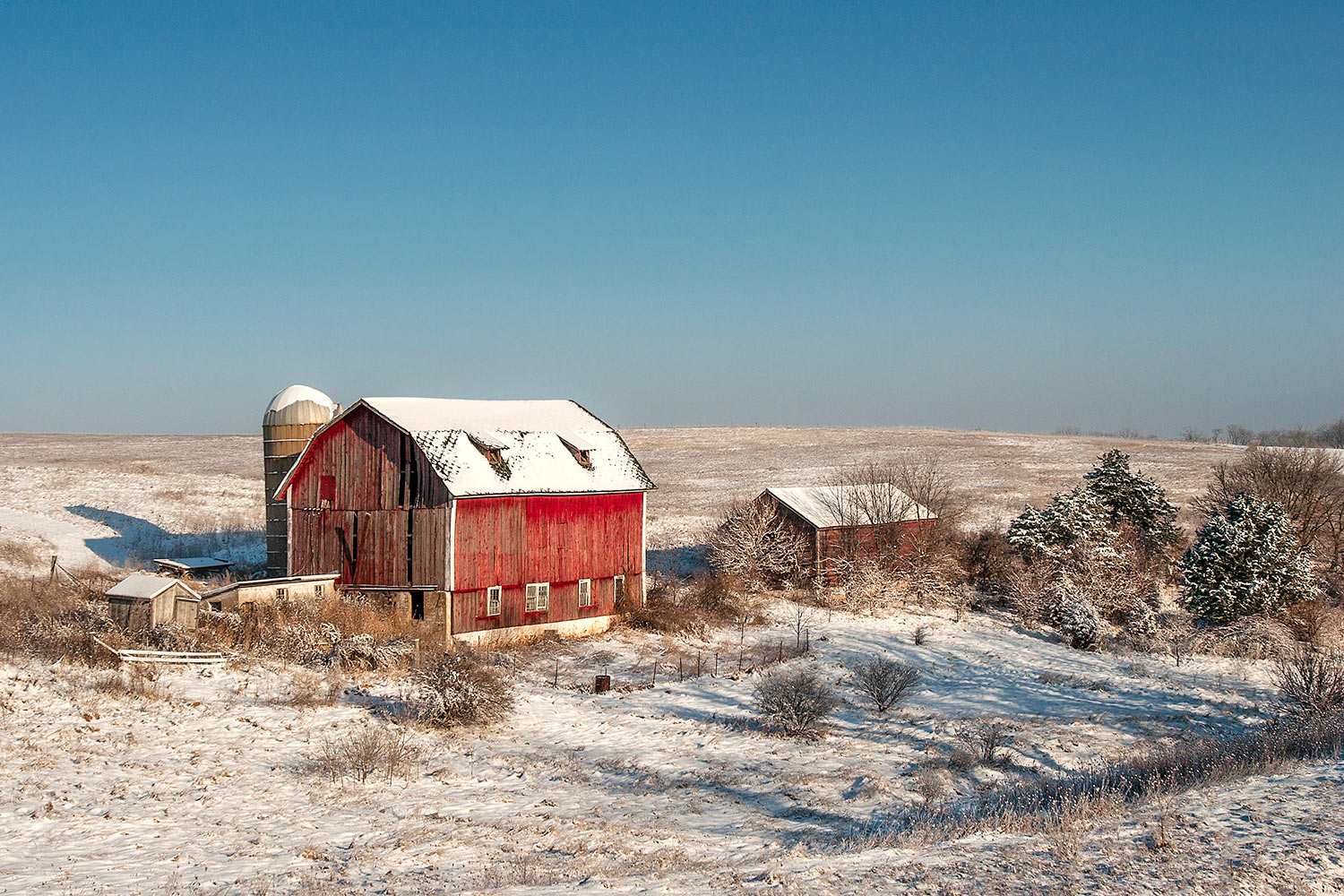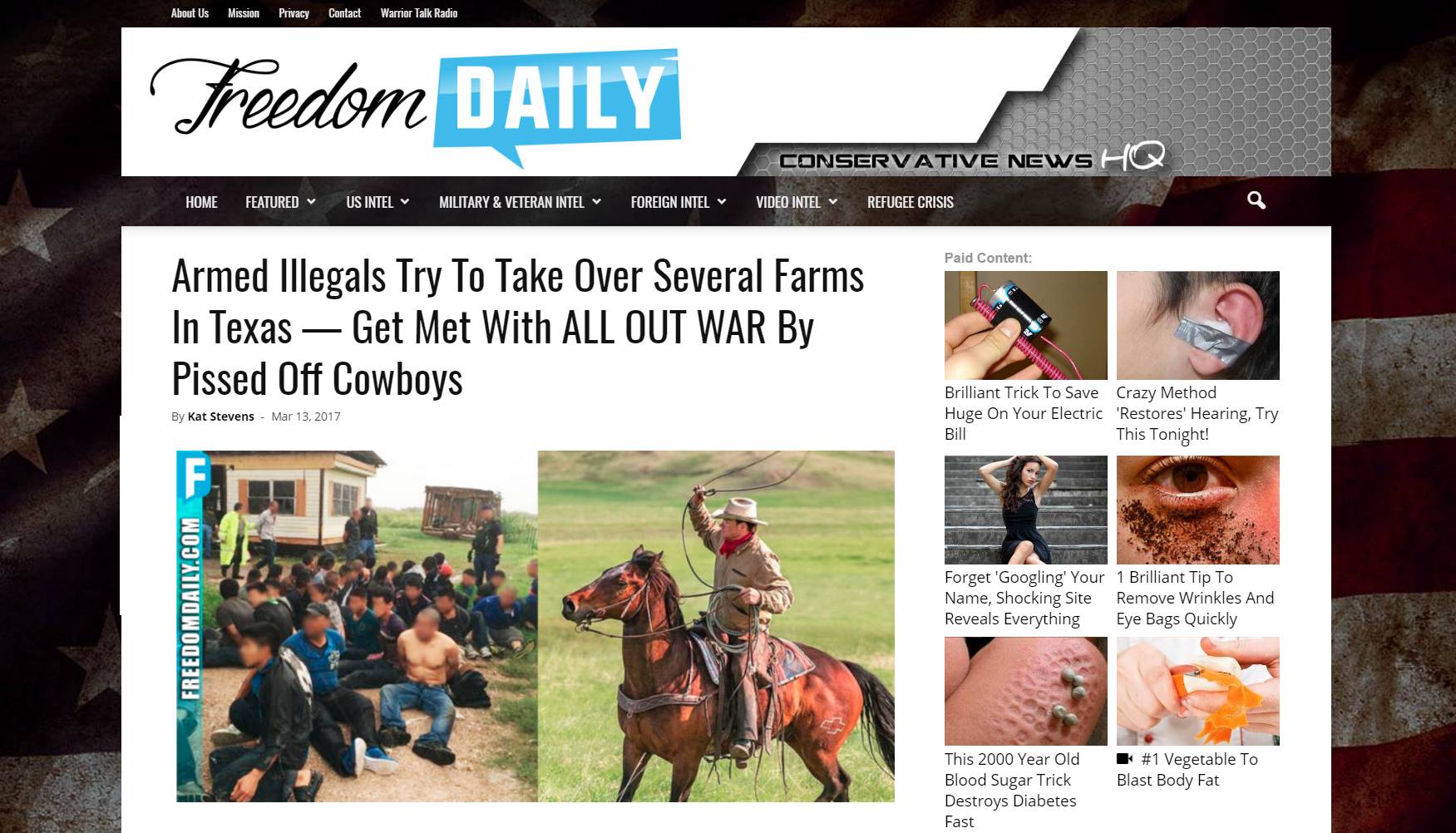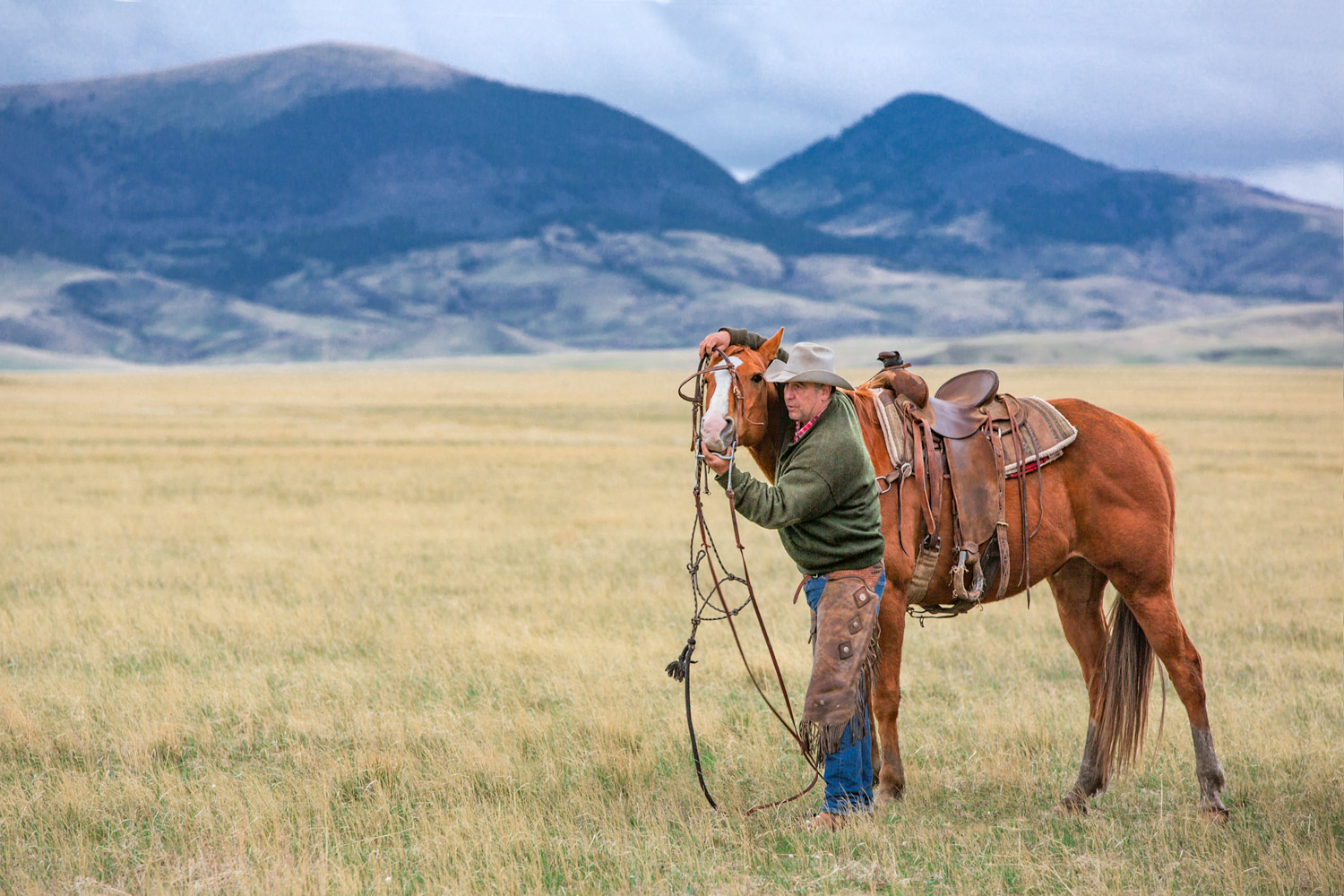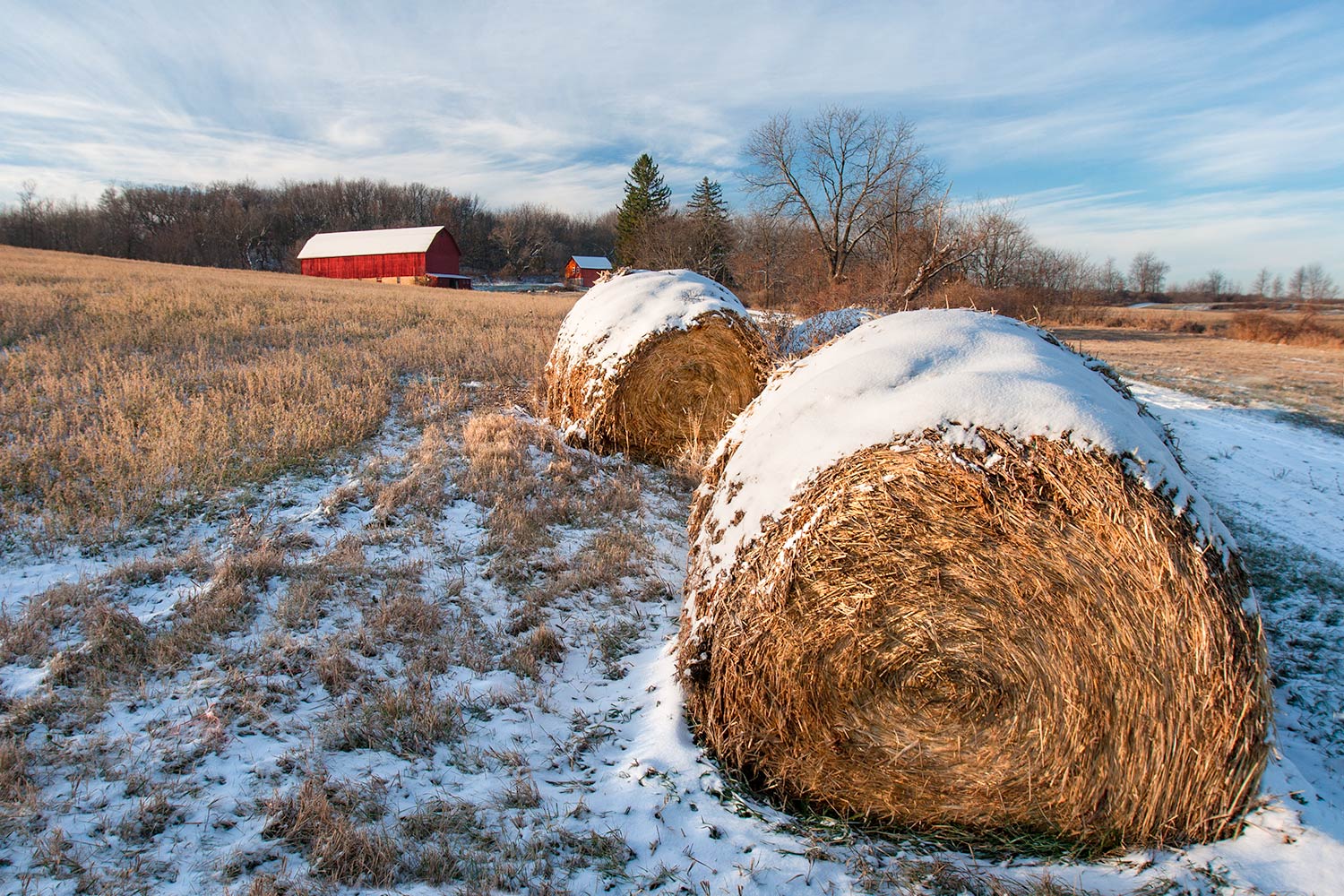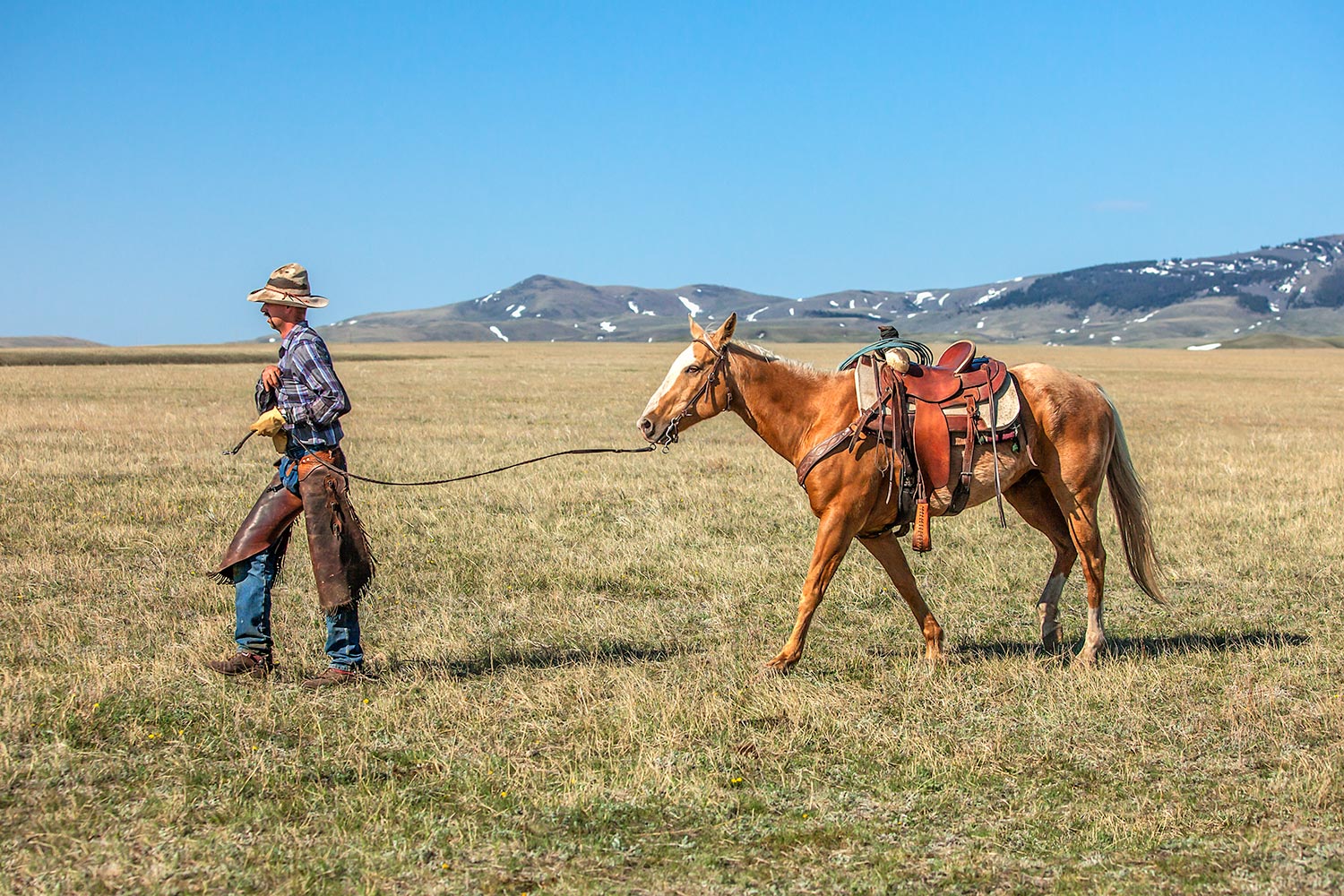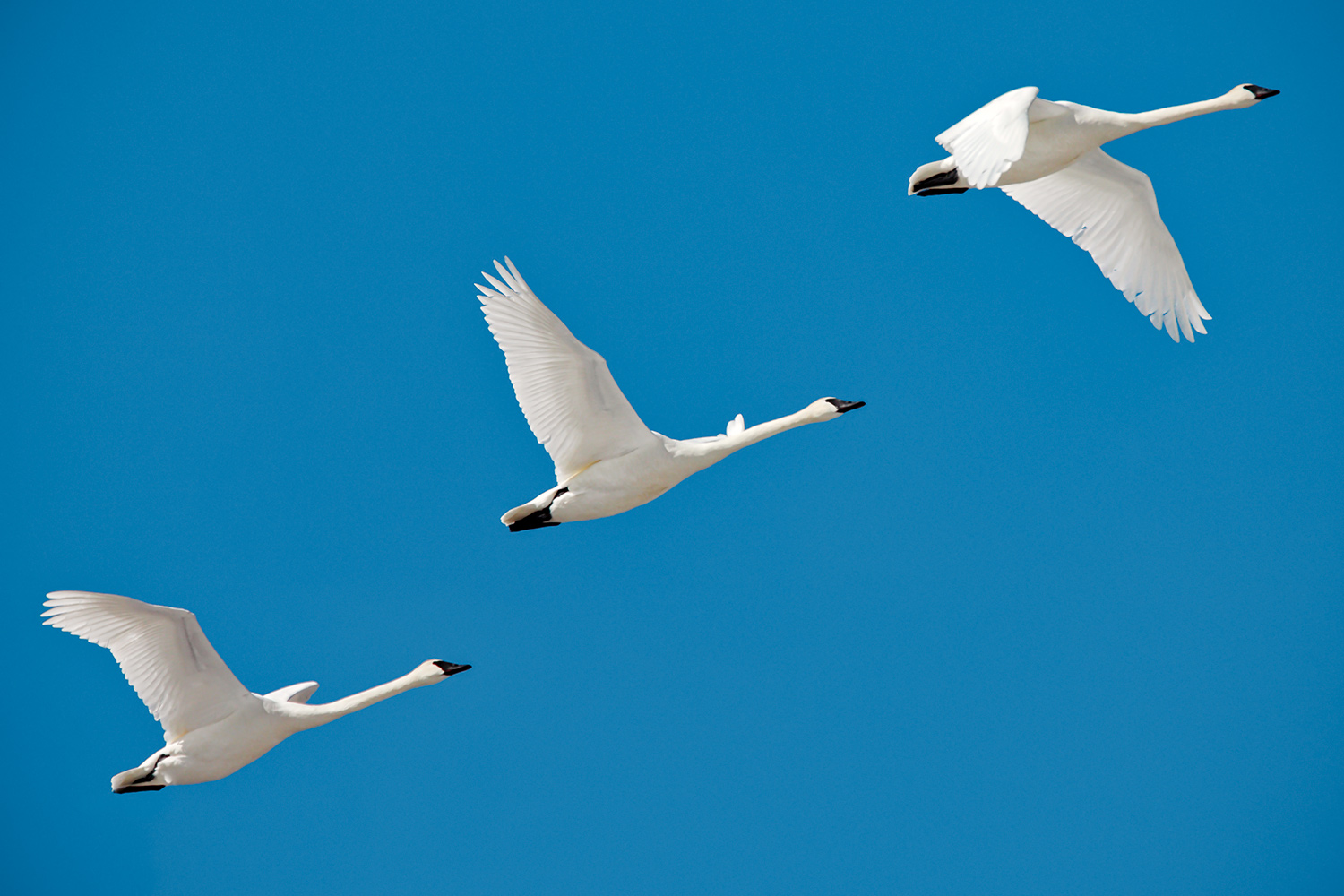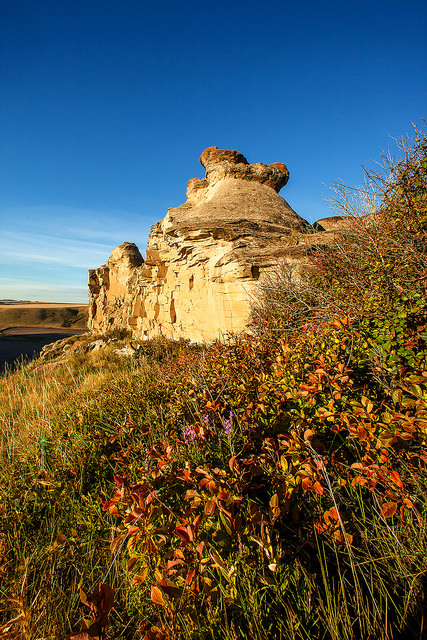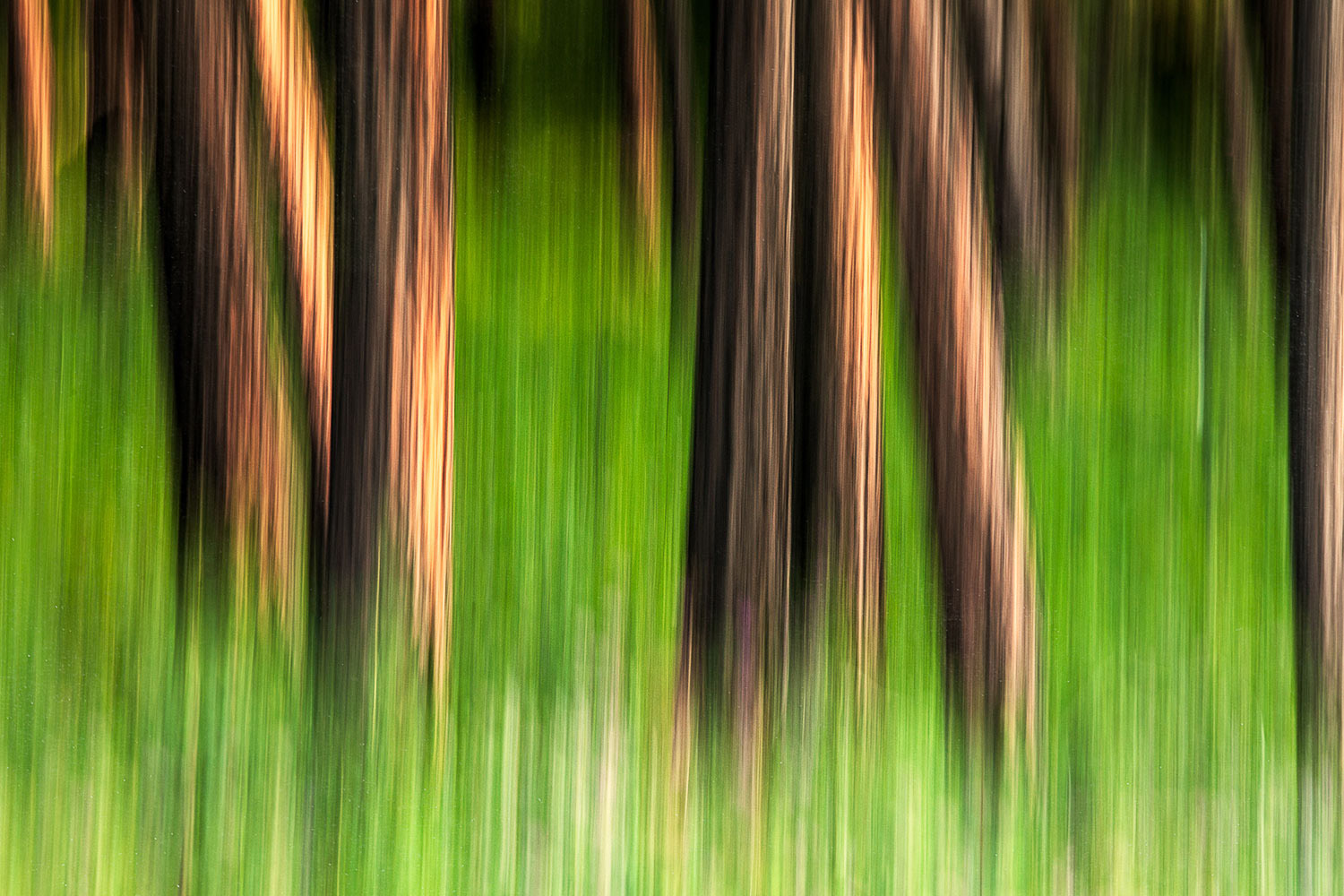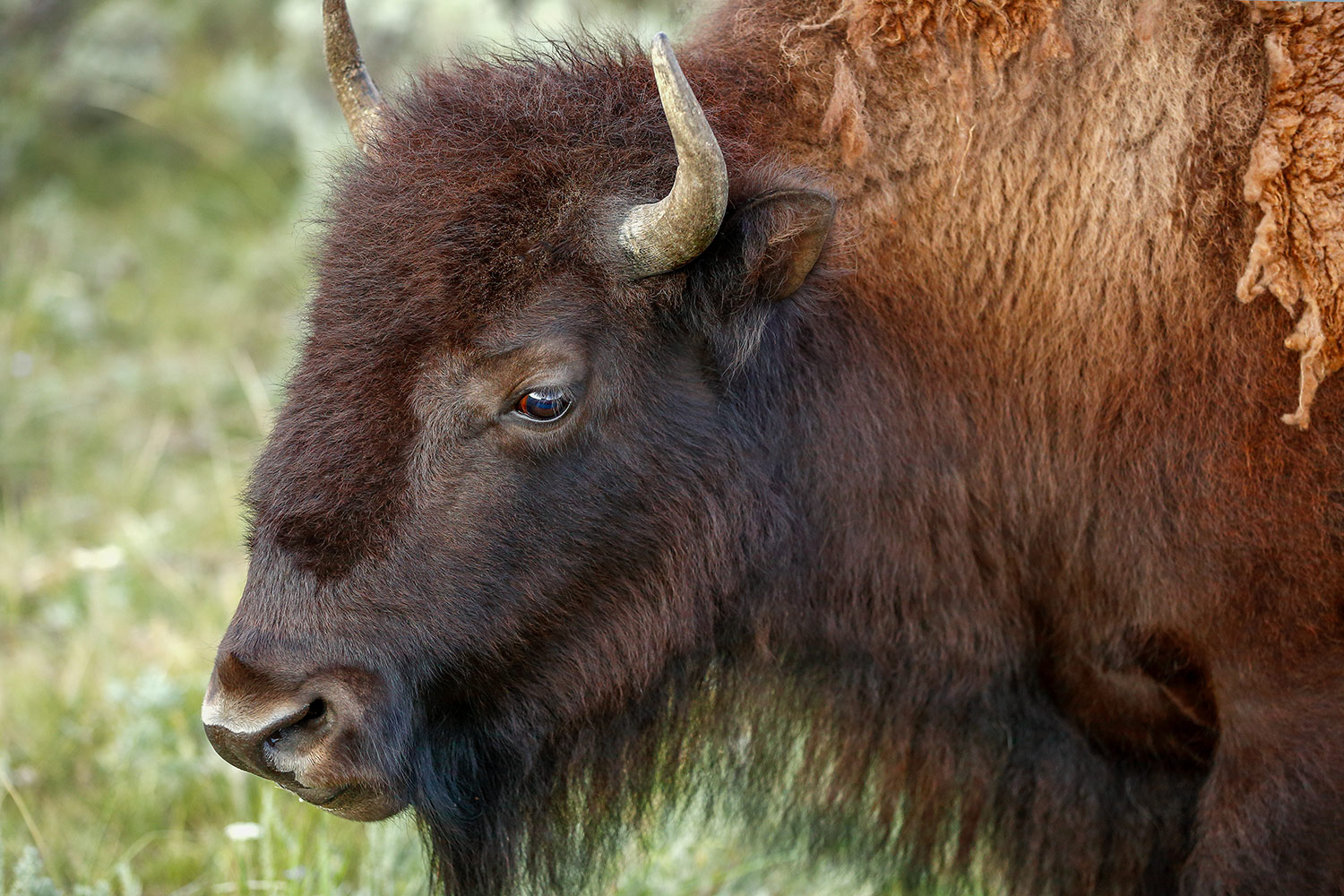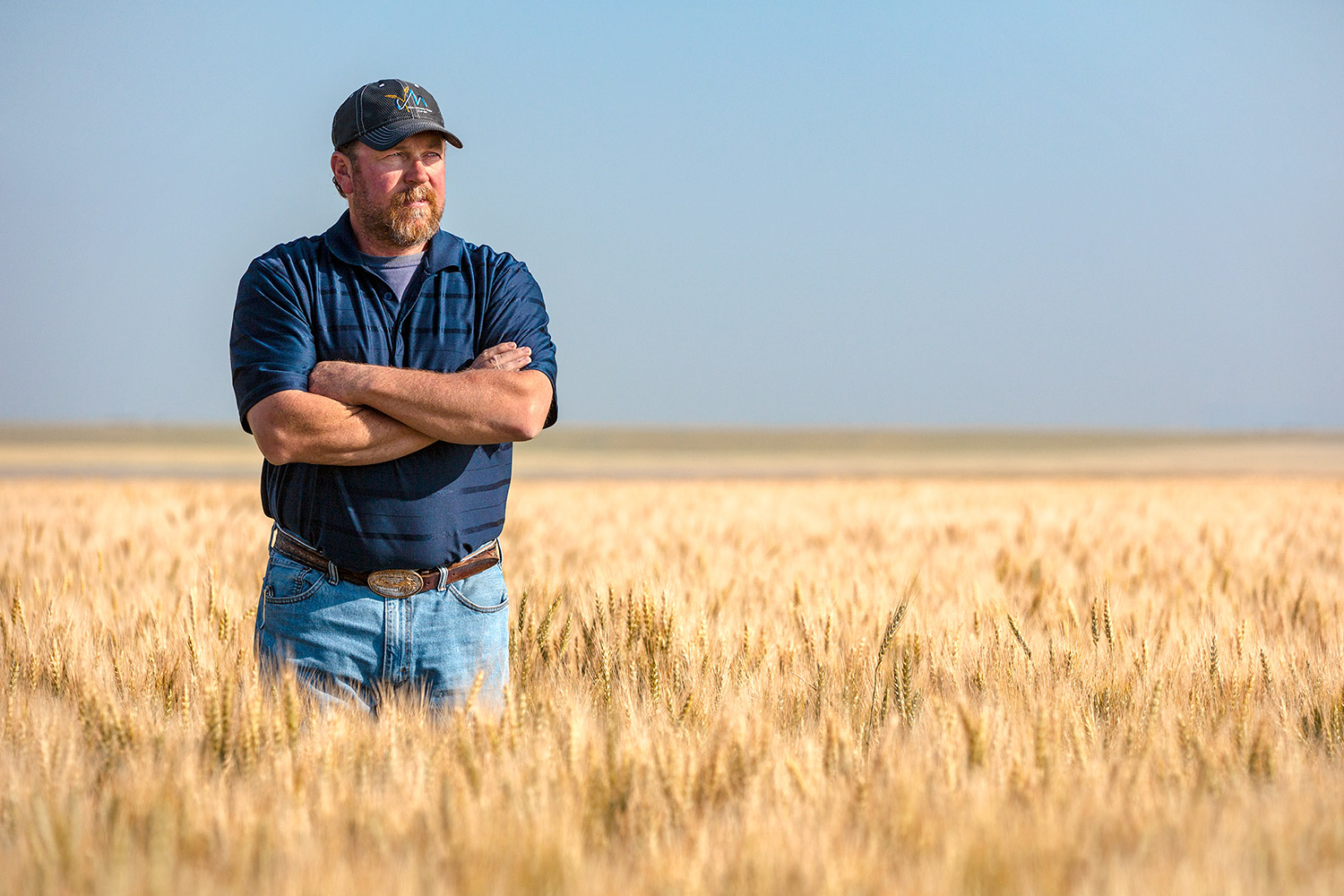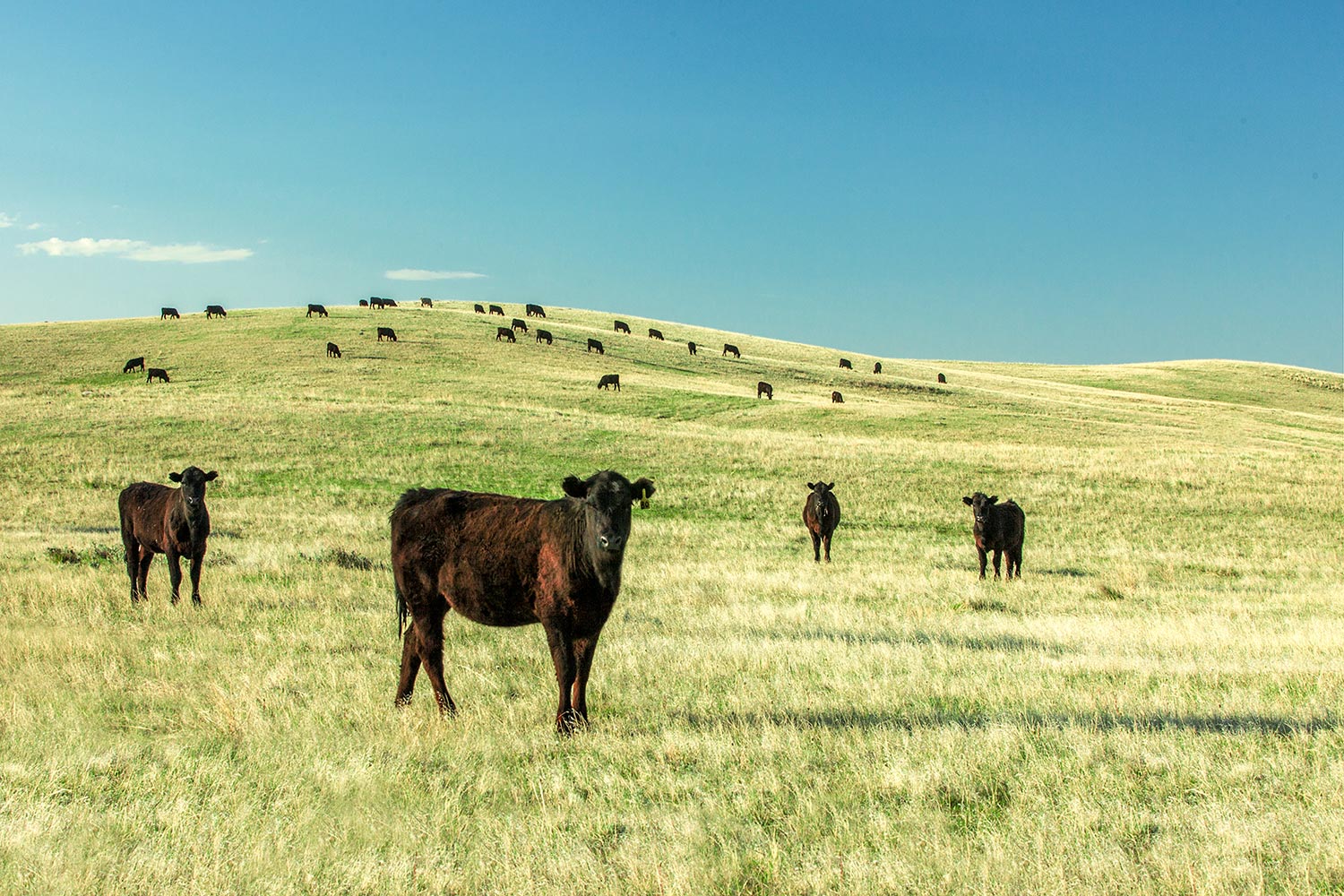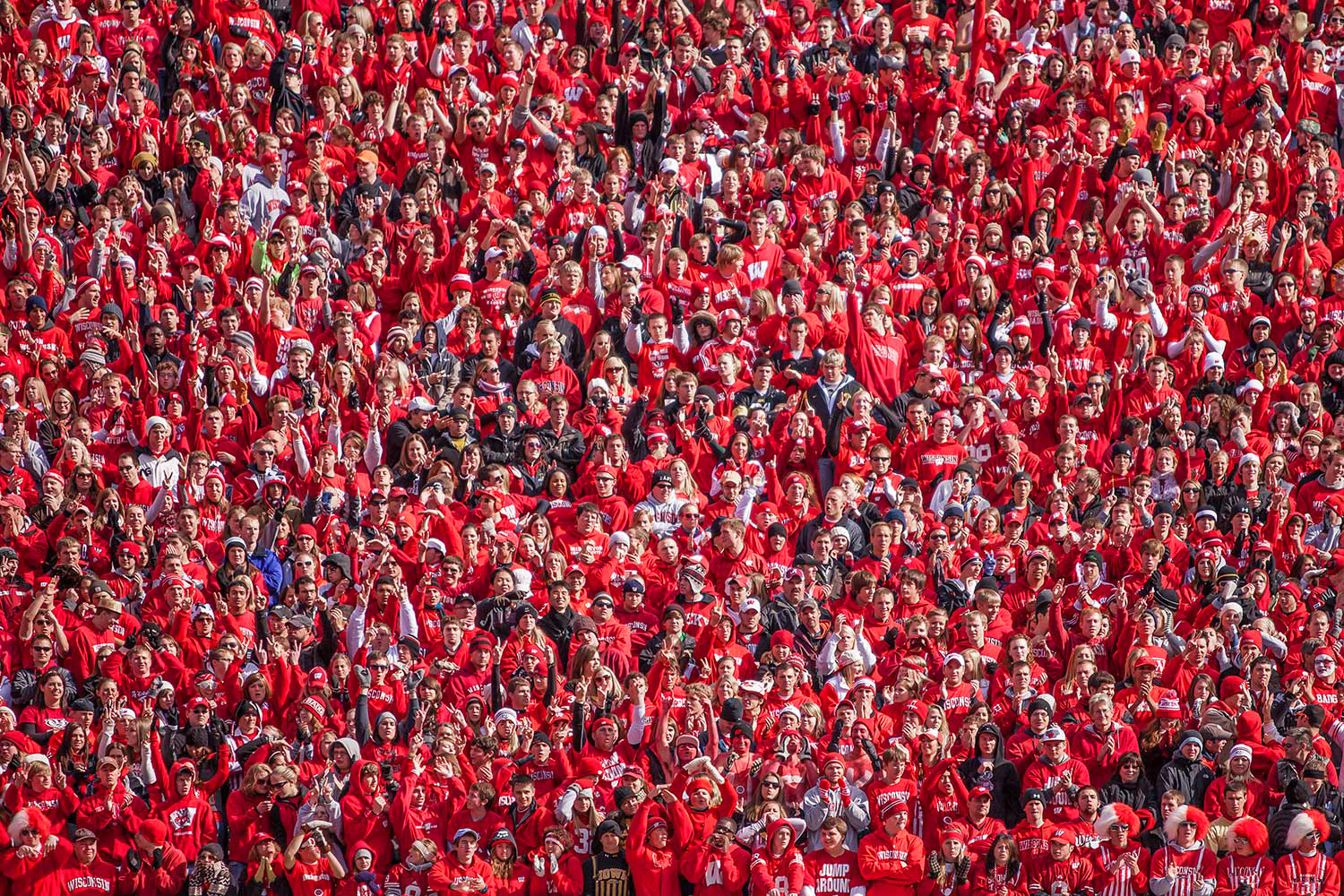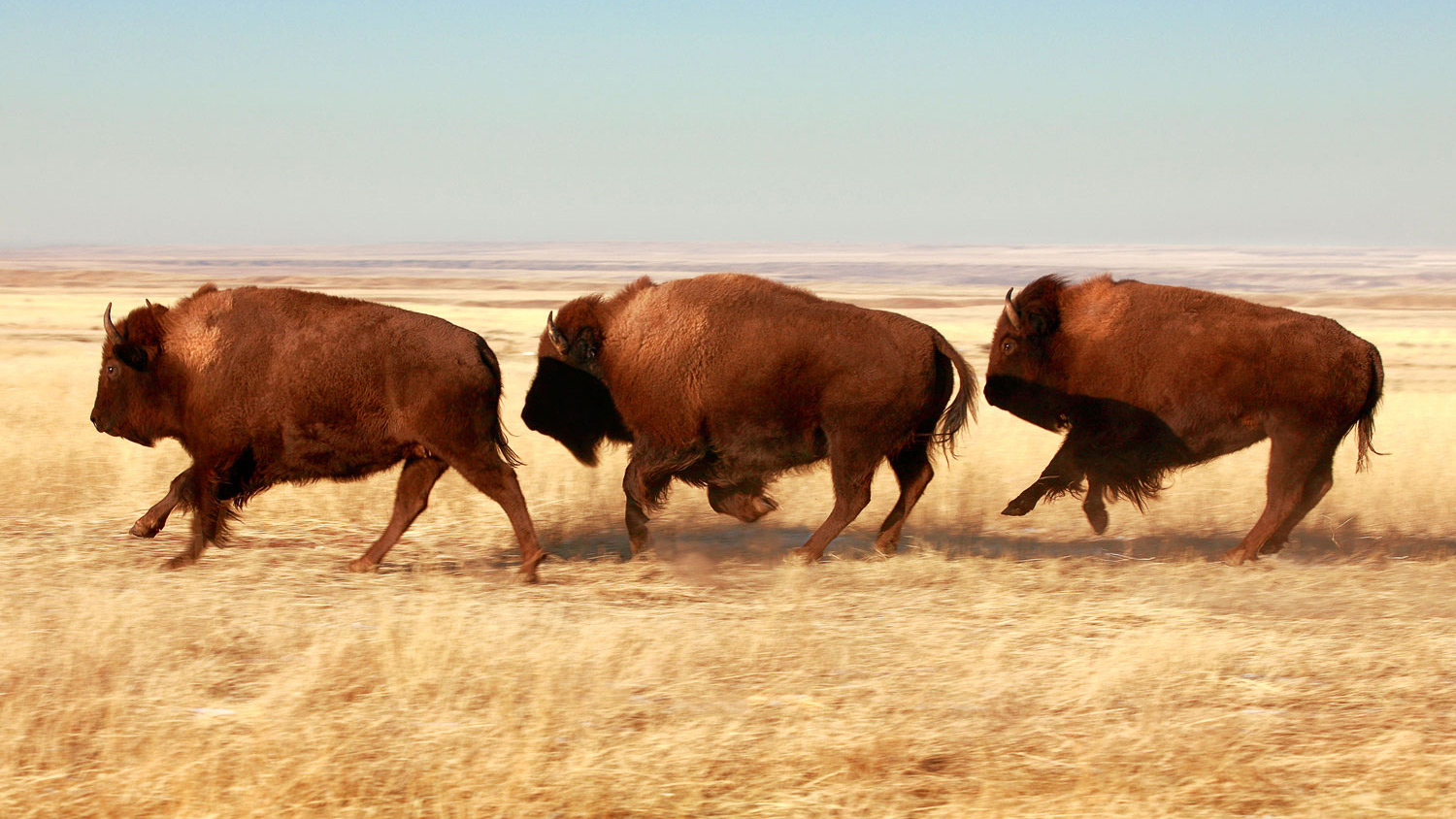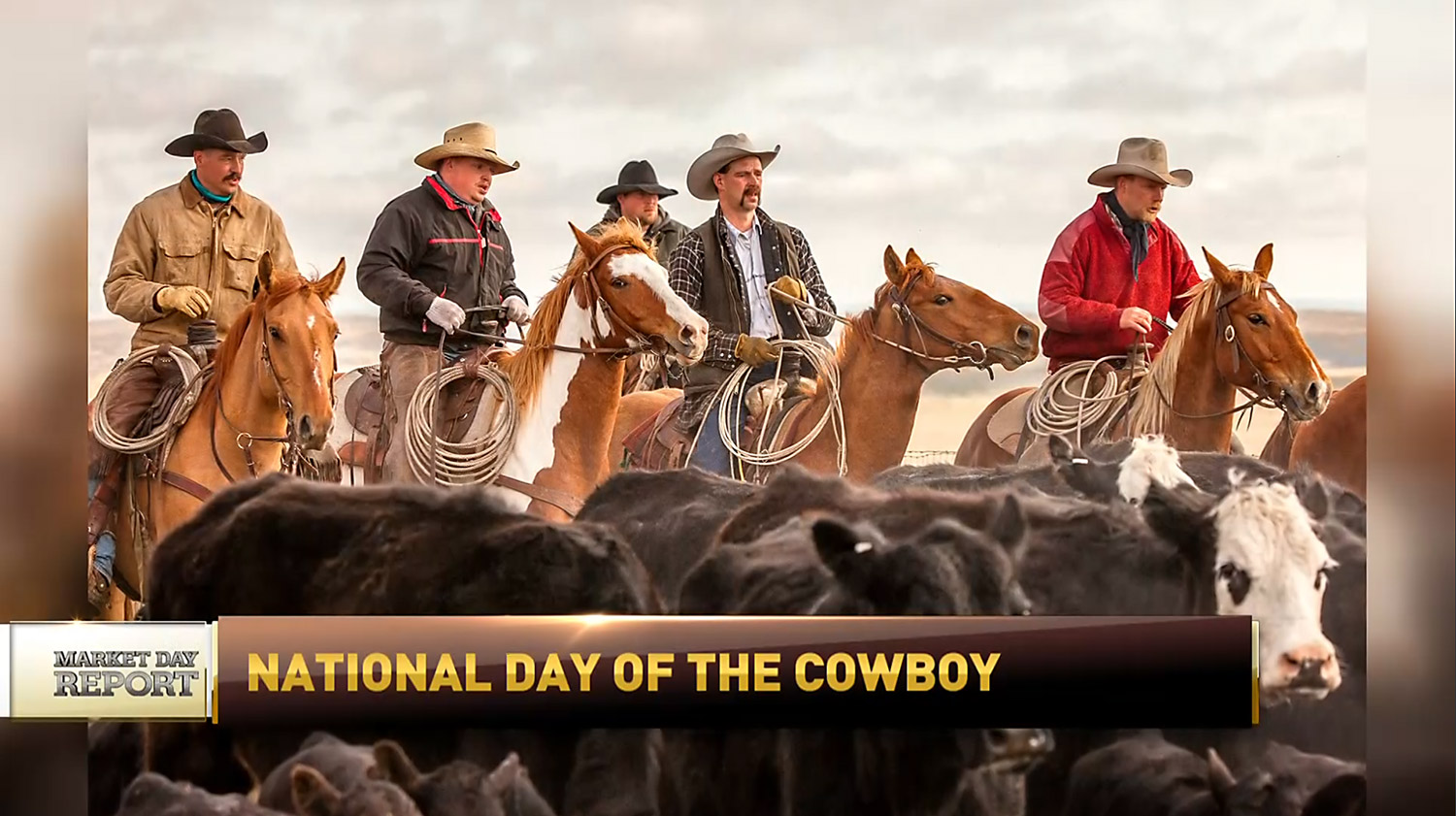An old leaning shack is on the verge of falling down on a farm near Chinook, Montana. → Buy a Print or License Photo
I don’t know if it is because I’m simply getting older or if there’s something else going on here, but it seems many of the things I photograph as a simple, rural, agriculture photographer seem to disappear awfully quickly. This week I learned that this neat old building on a farm north of Chinook, Montana in Blaine County has finally fallen. What a shame. I mean, it should come as no surprise that a building in this bad of shape would ultimately fall, but it’s just sad to finally know it happened.
I have a gallery that includes photos of those things that are gone forever. Subject matter no one will ever be able to photograph again. Fittingly, I suppose, I call it “Gone But Not Forgotten.” I hate adding new photographs to it, but I suppose that’s a fact of life.
If you haven’t visited it already, be sure to check it out.



